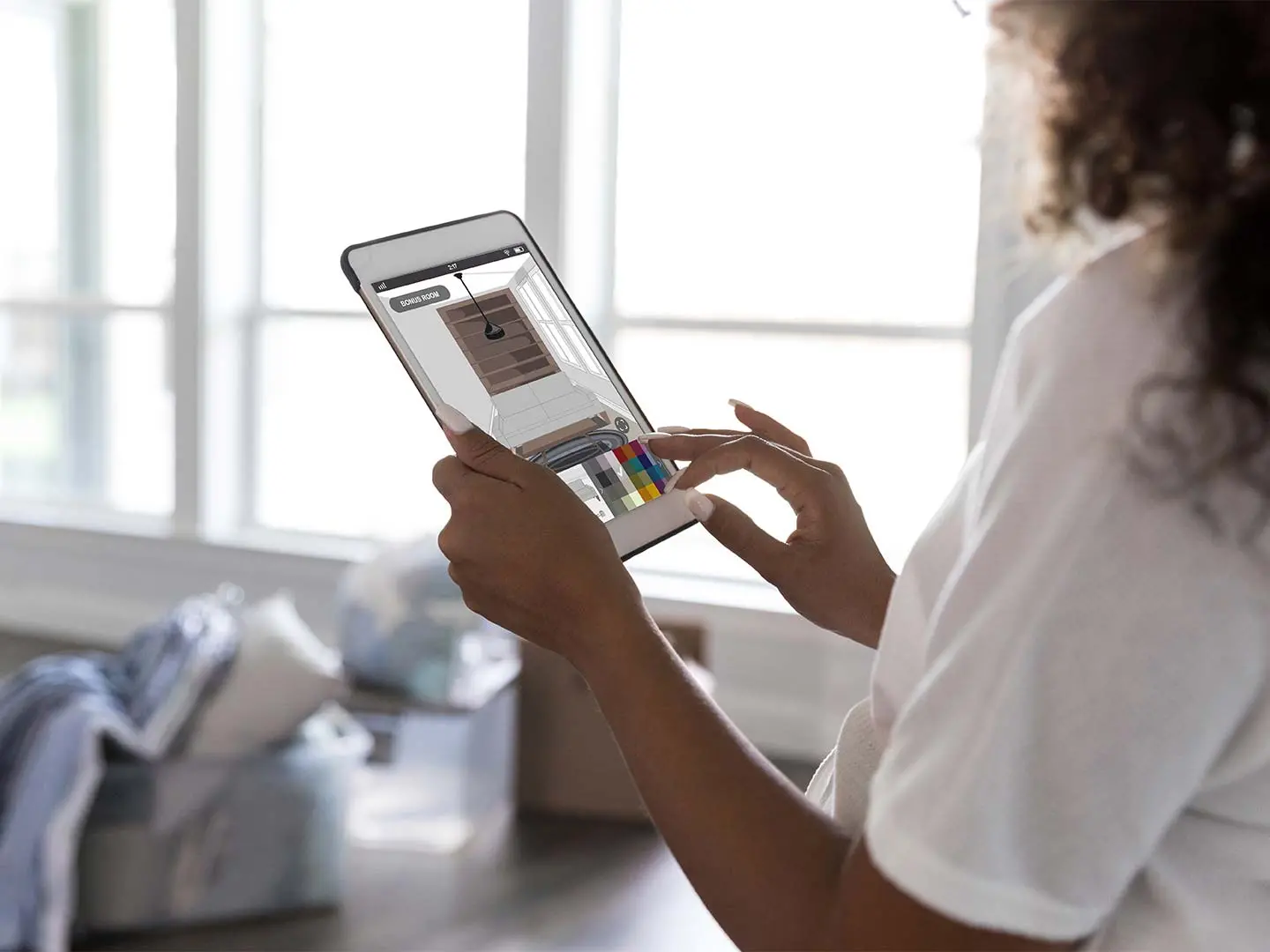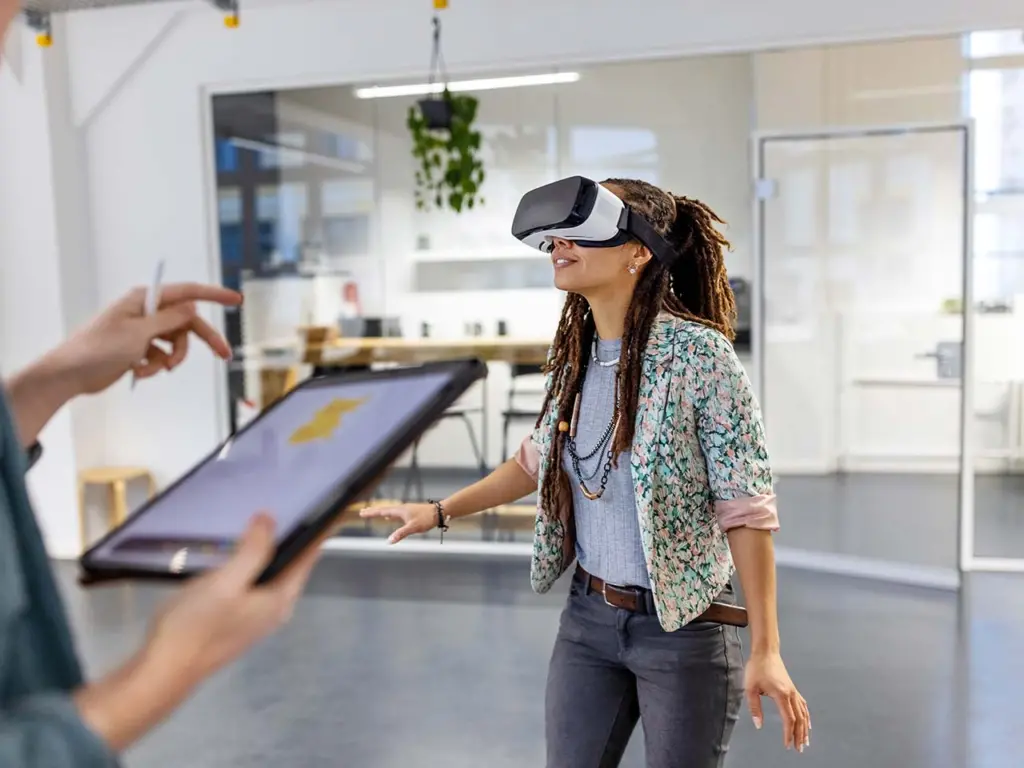Convenience and personalization are more important than ever in today’s service economy. The COVID-19 pandemic has accelerated a shift in consumer behavior. Today, people and businesses are seeking out increasingly convenient ways to purchase products online.
With this growing adoption of e-commerce services, organizations need to understand the importance of utilizing digital solutions that optimize the selling process of complex configurable products, from furniture to material handling equipment to medical devices. By implementing a digital product configurator, organizations can establish a presence in new online marketplaces, drive shorter sales cycles and create new value with their configurable products.
Before starting the product configurator journey, determining the best kind of configurator to meet your business needs is vital for success. In this article, we will outline the benefits and limitations of different product configurators. And we will explore how a partner like Vervint can strategically develop and optimize configurators for your organization.
What Is a Product Configurator?
Product configuration is the concept where businesses leverage technology to deliver a tool for users to design, quote and purchase their own tailor-made products. Product configurators enable consumers to digitally interact with, adapt and customize products to ensure their exact needs are met.
Some initial benefits of implementing a product configurator include:
- Shorten sales cycles.
- Reduce time creating quotes.
- Reduce order entry errors.
- Create new revenue opportunities for product lines.
- Guarantee high-quality user experiences.
- Improve customer service and satisfaction for your brand(s).
- Analyze how users interact with products.
The most common industries that benefit from product configurators include:
- Furniture
- Auto and motorized vehicle manufacturers
- Kitchen
- Bath
- Material handling
- Home accessories
- Apparel (shoes, watches, and some clothing)
- Real Estate
- Healthcare
Desktop Product Configurators
Desktop (or “native”) product configurators are extremely visual space-planning software tools that can be leveraged to simplify the selling process of complex products. Users can design custom spaces and then generate personalized layouts, quotes, renderings, order sheets, installation guides and much more. For example, a CET Extension is an application added to CET Designer — a comprehensive space planning software — to simplify the design, specification and selling process for configurable products.
Benefits of Desktop Product Configurators
- Desktop solutions can optimize the configuration of numerous complex products, features and file sizes at one time.
- Desktop resources can help improve the quality of graphics and rendering speed.
- Users do not have to rely on a strong internet connection to use assets or increase speed.
- Solutions can often be integrated with other business tools, such as an ERP or CRM system.
Limitations of Desktop Product Configuration Tools
- Users will need to keep laptops or desktop computers up to date with the latest configuration rules.
- Users are restricted to using only locally downloaded assets. If a client wants new assets or data related to their products, they must be downloaded to users’ computers.
Who Should Use Native or Integrated Configurators?
- Organizations that primarily sell B2B
- Vendors or designers who configure complex products and spaces for clients
- Organizations with customers who intend to spend a significant amount of time customizing products and modifying every detail
Examples of Common Native or Integrated Configurators
- Configura CET Designer
- Custom in-house solutions
Web-Based Product Configurators
Web-based product configurators leverage web technologies to present 2D or 3D models of complex products online. This allows website visitors to interactively customize a product or a set of products within a given space on a variety of devices and on the go.
Benefits of Web-Based Product Configurators
- Web-based configurators can be updated and upgraded at a greater scale than desktop configurators.
- They run directly in a standard web browser, so there are no separate software requirements. Organizations won’t need to invest in building different configurator versions for multiple platforms (e.g., Windows and macOS).
- Configurators are deployed both internally and externally with data operations securely performed on a server.
- Web-based configurators enhance co-creation by showcasing a base product model that customers can customize to create a personalized final product. This data can be used to facilitate recommendations, innovate new features and more. Customers are essentially co-creating products with an organization.
Limitations of Web Configurators
- Since the configurator relies on a strong internet connection, there are limited resources for rendering high-quality 3D graphics.
- Users can typically only configure, price and quote one complex product at a time.
Who Should Use Web Configurators?
- Organizations that primarily sell B2C
- Organizations that have less complicated configurable products
- Organizations that want to create new value for configurable products with high turnover
Common Web-Based Configurators
- Unity Engine
- Threekit
- PlayCanvas
- Stage by Configura

Product Configurators | Design Your Customer Experience
Virtual Reality Product Configurators
Virtual reality (VR) configurators integrate virtual reality solutions with configuration tools to create digitally rendered virtual environments for consumers to explore custom spaces, interact with products and validate designs. There are two main types of VR experiences, including traditional devices that connect to a computer and new emerging independent headsets that do not require a computer connection.
Benefits of Virtual Reality Configurators
- Organizations can present their full product inventory without the added costs and physical limitations of providing samples.
- Customers can explore and validate designs in customized virtual showrooms with realistic renderings of a space.
- Organizations can showcase complex product attributes and benefits to users by allowing them to visualize, operate and interact within a customized VR space.
Limitations of VR Configuration Tools
- The initial cost of VR devices is high.
- Since VR involves a vast amount of software, it requires a large volume of computing power; these constraints can limit graphic quality and the size of the virtual space.
- VR devices mimic movement in a new reality through a headset and joysticks. This combination can cause motion sickness for some people or for people who use it for extended periods.
Who Should Use Virtual Reality Configurators?
- Organizations that sell B2C or B2B
- Organizations that want to immerse customers into a visual experience displaying complex products in a new space
Common Virtual Reality Tools
- Unity Pro
- Unreal Engine
Augmented Reality Product Configurators
Augmented reality (AR) configurators integrate with an interface, such as a mobile app or web app, that allows consumers to easily create custom designs and digitally position or overlay products into their real-world space. Through a virtual “try before you buy” experience, consumers can visualize, place, and configure a product in context before making a purchase.
Benefits of AR Configurators
- Users can interact with configurable products in both real and virtual worlds at the same time.
- With no headset requirement, AR is more easily accessible for both consumers and organizations. This immersive technology only requires a smart device or an AR-compatible wearable for customers to engage with the product experience.
- AR goes beyond simply visualizing a 3D object; it allows customers to visualize and customize complex products in real-world environments.
Limitations of AR Configuration Tools
- The market for AR configurators is still relatively new and development may include higher initial costs.
- Some existing AR technology is not equipped with standardized privacy policies.
Who Should Use Augmented Reality Configurators?
- Organizations that sell B2C or B2B
- Organizations that want to create a visual product experience by virtually displaying complex products in a real-world space
Common Augmented Reality Tools
- Threekit
- Unity Pro
Ready to Start Leveraging a Product Configurator for Your Organization? Contact Vervint.
At Vervint, we help businesses of all sizes strategically develop, deploy, support, and optimize product configurators. Our team is ready to help you move forward. Contact Vervint today!


